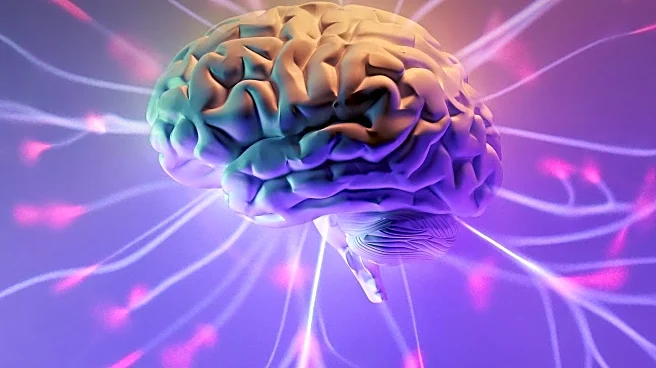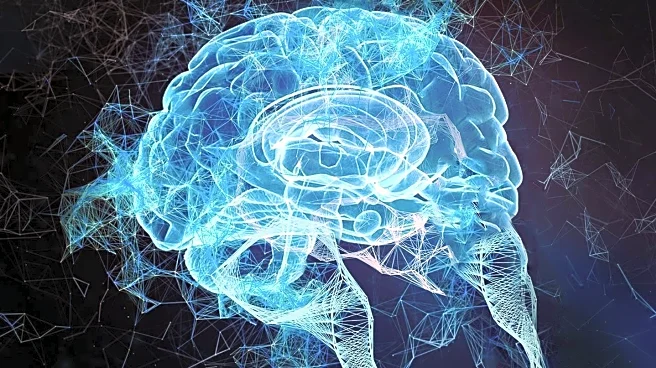What's Happening?
Researchers from the Spanish National Research Council and the Miguel Hernández University of Elche have identified specific neurons in the amygdala that drive anxiety-related behaviors. By rebalancing
these neurons, they were able to eliminate anxiety, depression, and social deficits in mice. The study focused on the gene GRIK4, which influences the production of the GluK4 protein associated with anxiety-like behaviors. Through gene editing techniques, the researchers reduced the expression of GRIK4, leading to a reversal of anxiety symptoms in mice. This discovery highlights the potential for targeted treatments of anxiety disorders by focusing on specific neural circuits.
Why It's Important?
Anxiety disorders are the most prevalent mental health conditions globally, affecting millions of people. The findings from this study offer a promising avenue for developing more localized and effective treatments for anxiety and related affective disorders. By targeting specific neurons, treatments could potentially be more precise, reducing side effects associated with broader approaches. This research could pave the way for new therapies that address the root causes of anxiety, offering relief to those who suffer from these debilitating conditions.
What's Next?
While the study's findings are currently limited to mice, the researchers suggest that similar techniques could be adapted for human treatments. Further research is needed to explore the applicability of these findings to human anxiety disorders. If successful, this approach could revolutionize the treatment of anxiety, providing more effective and personalized options for patients. The scientific community may focus on developing clinical trials to test the safety and efficacy of these gene-editing techniques in humans.
Beyond the Headlines
The ethical implications of gene editing in humans are significant and must be carefully considered. While the potential benefits are substantial, there are concerns about the long-term effects and the possibility of unintended consequences. Additionally, the cultural acceptance of such treatments may vary, requiring public discourse and regulatory frameworks to address these issues.











